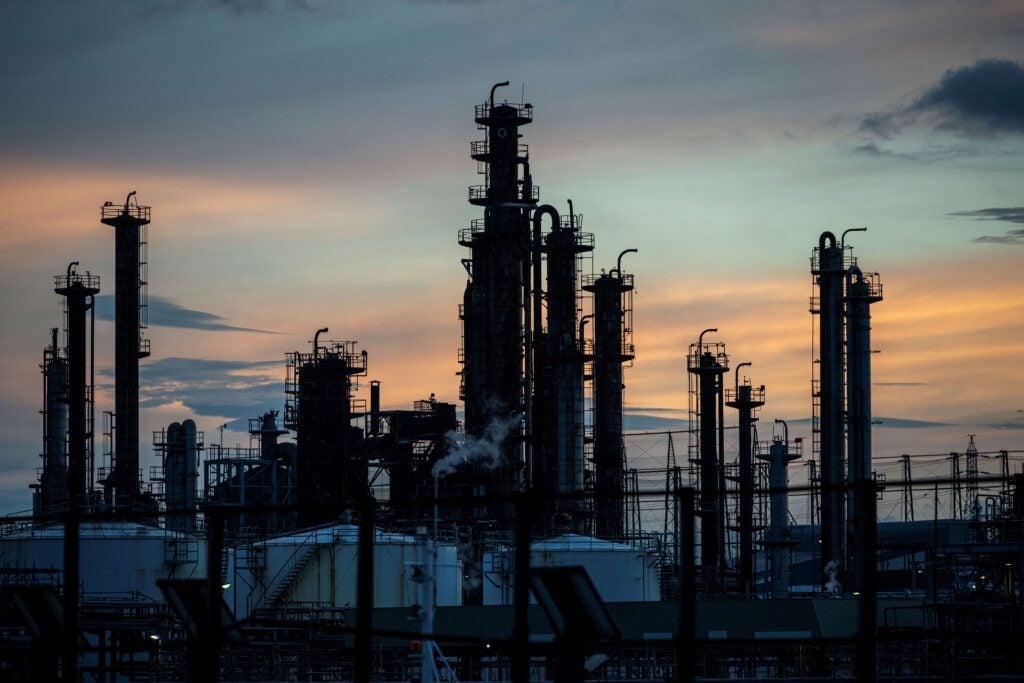This blog post was authored by Lauren Beatty, High Meadows Postdoctoral Economics Fellow and Aaron Wolfe, Senior Economics and Policy Analyst.

Methane pollution caused by oil and gas production in the U.S. is a major contributor to climate change and releases health-harming pollution into nearby communities. New EPA rules are projected to slash methane emissions from covered sources by 80%.
Between 2024 to 2038, EPA projects a reduction of 58 million tons of methane—equivalent to removing nearly a billion cars from the roads for a year—along with slashing 16 million tons of smog-forming volatile organic compounds (VOC) emissions and 590,000 tons of air toxics. Many of the common-sense measures in the rules will lead to economic and environmental benefits for Americans and have already been adopted by leading states and operators. They also result in capturing otherwise wasted gas. EPA estimates that by 2033, increased recovery of gas will offset $1.4 billion per year of their compliance costs.
In response to arguments from the oil and gas industry that the rules will harm operators, EDF’s Economics team analyzed the economic impacts of the regulations, including their effect on small producers, marginal wells, and consumers. We found that:
- The regulations have low compliance costs, which are further offset by profits from captured gas and are not expected to influence operational decisions by oil and gas producers;
- Marginal wells are provided significant flexibility and are not expected to face significant compliance difficulties; and
- The regulations will cause no perceivable oil and gas price increase for consumers.
Our conclusions are consistent with EPA’s own analysis and bolstered by the experience in leading states where similar methane regulations have been in effect for years without hindering production or harming the industry.









